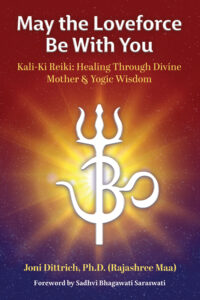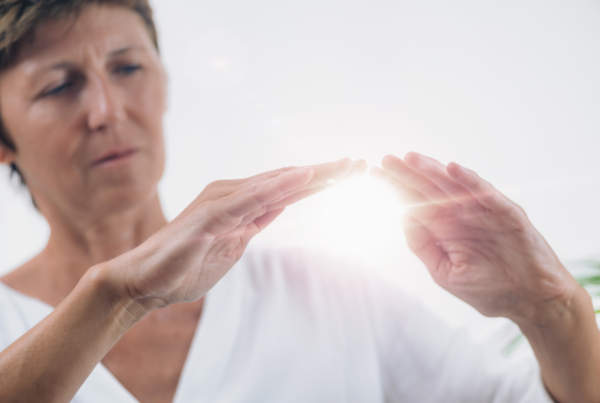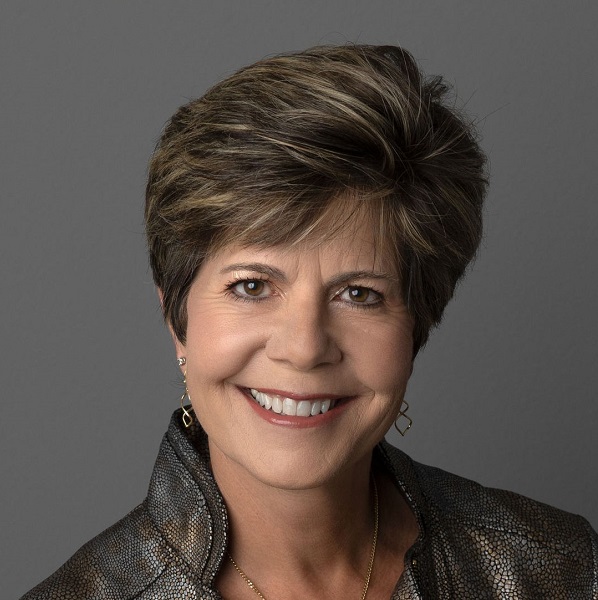At some point in our lives, most of us will pause to ask the question, what is my purpose in this life, and am I working toward it? We get so caught up in the daily grind and focusing on what we want to achieve, attain, or accomplish, that we lose sight of the bigger picture. Yoga talks about individual purpose as “svadharma,” or the dharma of the self.
Dharma means truth in the language of yoga, Sanskrit, and refers to the universal truths, natural laws, purpose, and order of all existence. According to yoga, all beings must follow universal dharma to survive. We can’t ignore the laws of gravity, matter, and species reproduction. There is also a universal dharma of spiritual evolution in which all humans will eventually, regardless of how many generations or lifetimes it takes, return to the divine consciousness from which they emerged.
Sva means “self,” in Sanskrit, so svadharma (pronounced swa-darma) refers to our true purpose on the individual plane. Svadharma refers to the underlying truth of our own being which rests upon the universal truths of the universe, or the divine itself. In other words, our own true purpose is a unique expression of the divine, part of a universal pattern or plan. How our individual svadharma fits into the tapestry of the universe may remain a mystery, but the secret to knowing what your svadharma is has to do with feeling in alignment with that mystery, in feeling like our will and the divine will are on the same page.
As individuals, we must follow universal dharma in order to follow our svadharma. We tend to think about our personal purpose in terms of our likes and dislikes, preferences, and achievements, attainments, and accomplishments; however, svadharma is not something that is fashioned by egoistic desires and inclinations. Rather, it is a personal expression of the universal dharma of spiritual evolution, and it is formed and tempered according to karma and the duties, obligations, and stages of our lives, and is only slightly flavored by personal inclinations.
Our svadharma can look different at different times. For example, the svadharma of a mostly retired person may look very different from that of a parent and busy professional. As a further refinement, the svadharma of a retired person with minimal family obligations looks different again from that of a retired person who is caring for grandchildren and an ailing spouse. While, in some respects, one person may have more time than others to devote to spiritual growth, this does not mean that person will evolve any faster than others because, according to the laws of dharma, the path that each of us is given is the path that best serves our individual evolution. We just need to allow it to do so.
Following our svadharma lies in the balance of fulfilling what needs to be done according to our life circumstances, and what we can do to promote our spiritual evolution within the parameters of our situation. We cannot run away from or ignore the path Divine Mother has given us. Rather, it is incumbent upon us to walk the path and discover the gifts and mysteries embedded in its challenges. Protestations of our life situation are often complaints of an ego identity that thinks it knows better than the divine regarding what we need and should have or do. This is not to say that we shouldn’t set goals for a more preferable situation, only that we should pay attention to the treasures of what is in front of us.
Finding your svadharma for your life as it is now, at this stage and in this moment, should be practical and fairly simple. Try sitting in quiet contemplation and following these steps:
- First, become aware of your deeper purpose as a spiritual being, a purpose that feels in alignment with divine will. You may experience this deep purpose more as a feeling than as something to express in words.
- Next, assess the duties and obligations you anticipate being in your life in the near future, including those you may not like or prefer.
- Now, simply sit and feel into how these obligations might weave together with your deeper purpose to support your evolution.
- Once you feel harmonious and at peace within yourself, consider what has come into inner alignment as your svadharma.
You may need to do this contemplation several times to find that inner alignment. That’s okay. While our deeper purpose may not change, there may be modifications to our svadharma according to current circumstances, all of which need to be taken into consideration. Note that this exercise does not ask you to problem-solve with the egoic surface mind that is always looking for loopholes, contradictions, and desire fulfillment. Rather, this contemplation invites you to feel into your deep inner truth and wisdom. Your svadharma is the truth within your soul, and any time you touch into your soul, there is peace.
 Joni Dittrich, Ph.D. (Rajashree Maa), author of May the Loveforce Be With You: Kali-Ki Reiki: Healing Through Divine Mother & Yogic Wisdom, is a master of four reiki lineages and a venerated interspiritual teacher of meditation, yogic wisdom and holistic wellness. From many years of practice as a psychologist and healer, she sees true healing as a gateway to spiritual wisening and awareness of the Limitless Love at the heart of being. She is the founder of The Wisdom School based in Napa, California, which is dedicated to offering online and in-person healing sessions and training in Kali-Ki Reiki and supportive practices. https://thewisdomschool.us
Joni Dittrich, Ph.D. (Rajashree Maa), author of May the Loveforce Be With You: Kali-Ki Reiki: Healing Through Divine Mother & Yogic Wisdom, is a master of four reiki lineages and a venerated interspiritual teacher of meditation, yogic wisdom and holistic wellness. From many years of practice as a psychologist and healer, she sees true healing as a gateway to spiritual wisening and awareness of the Limitless Love at the heart of being. She is the founder of The Wisdom School based in Napa, California, which is dedicated to offering online and in-person healing sessions and training in Kali-Ki Reiki and supportive practices. https://thewisdomschool.us








